Mole: The Mexican Food That’s Basically a Spice Symphony Orchestra
Introduction: What Exactly Is Mole?
Mole (pronounced MOH-lay) isn’t just a dish—it’s a flavor explosion, a culinary legend, and quite possibly the most dramatic sauce to ever grace a plate of food. Originating from Mexico, mole is a complex blend of chiles, spices, nuts, seeds, fruits, and sometimes even chocolate. Think of it as the rockstar of regional spice traditions—a flavor-packed ode to centuries of cultural fusion.

Table of Contents
- A Spicy History Lesson
- Types of Mole Across Mexico
- Secret Ingredients & Spice Breakdown
- Top 5 Tips for Making Mole Like a Pro
- Pairing Mole with the Perfect Proteins
- Common Mole Myths Debunked
A Spicy History Lesson: How Mole Was Born
Mole didn't just appear out of nowhere like that leftover chicken in your fridge. It has deep roots in both pre-Hispanic and colonial Mexico. Legend says nuns at the Convent of Santa Rosa in Puebla whipped up the first mole poblano to impress a visiting archbishop. Whether that’s true or not, what we do know is that mole represents the perfect marriage between indigenous ingredients and Spanish influences.
The Cultural Fusion Behind Mole
- Indigenous Influence: Use of native chiles, cacao, and corn masa
- Spanish Influence: Introduction of almonds, cinnamon, and bread as thickeners
- African Touch: Some recipes include plantains or sesame seeds, brought by African slaves
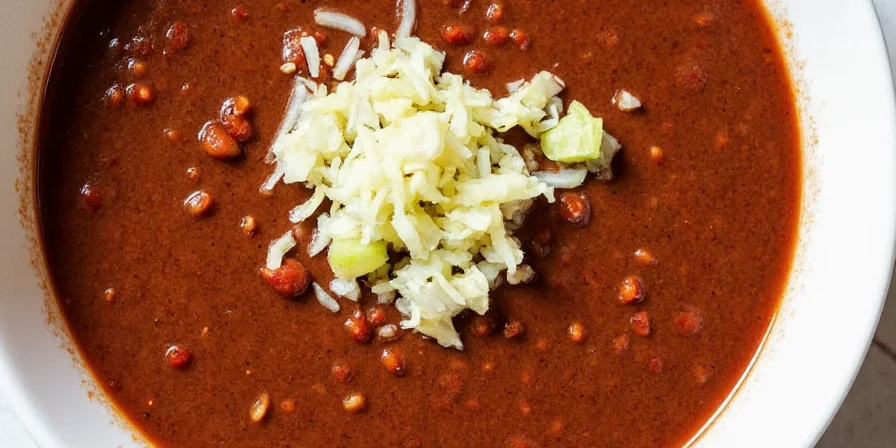
Types of Mole Across Mexico: More Than Just One Flavor
You might think there's only one kind of mole, but in reality, there are more varieties than you can shake a tamale at. Each region of Mexico has its own signature version.
| Type of Mole | Region | Main Ingredients | Flavor Profile |
|---|---|---|---|
| Mole Poblano | Puebla | Chocolate, pasilla & mulato chiles, almonds, bread | Deep, smoky-sweet with hints of bitterness |
| Mole Verde | Oaxaca | Tomatillos, green chiles, pumpkin seeds | Fresh, tangy, herbaceous |
| Mole Negro | Oaxaca | Dried chiles, banana, avocado leaf, chocolate | Very dark, almost bitter, super aromatic |
| Mole Amarillo | Oaxaca | Yellow chiles, peanuts, raisins | Mild, slightly sweet, nutty |
| Mole de Guacamaya | Veracruz | Wild herbs, ground tortilla chips | Earthy, rustic, with a hint of maize |
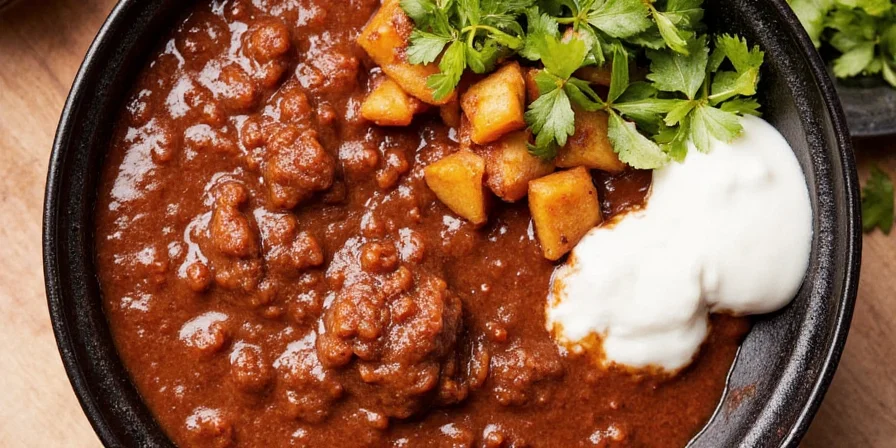
The Secret Ingredients: What Makes Mole So Special?
Let’s get real—mole is all about layering flavors. You start with dried chiles, toast them lightly (don’t burn them—they’ll get grumpy), rehydrate them, then blend them into a paste. Then comes the fun part: building a base of fried aromatics, adding spices, nuts, seeds, and yes—even some chocolate.
Common Spice Lineup in Mole Sauce
- Cinnamon
- Anise
- Cloves
- Allspice
- Black pepper
- Coriander
- Cumin
These warm spices play a crucial role in balancing the heat from the chiles and the richness of the fats and chocolate. Think of them as the backup band to the lead singer—without them, the whole performance falls flat.
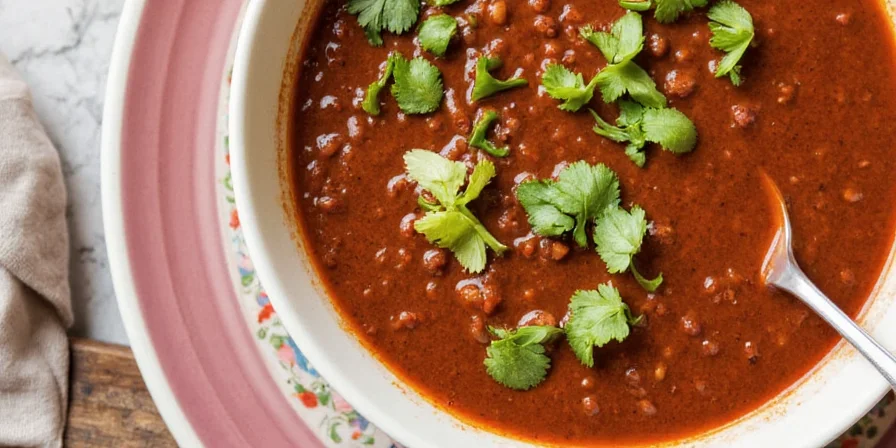
Top 5 Tips for Making Mole Like a Pro
- Toast, Don’t Burn: Toast your chiles, nuts, and spices gently. Once they start smoking, you’ve gone too far.
- Rehydrate Smartly: Use broth instead of water when soaking dried chiles for more depth.
- Blend Thoroughly: Strain the sauce after blending to remove any tough bits—no one wants a mouthful of grit.
- Simmer Slowly: Let your mole cook low and slow. This lets the flavors marry and develop that legendary complexity.
- Taste as You Go: Adjust sweetness, salt, and thickness throughout the cooking process.
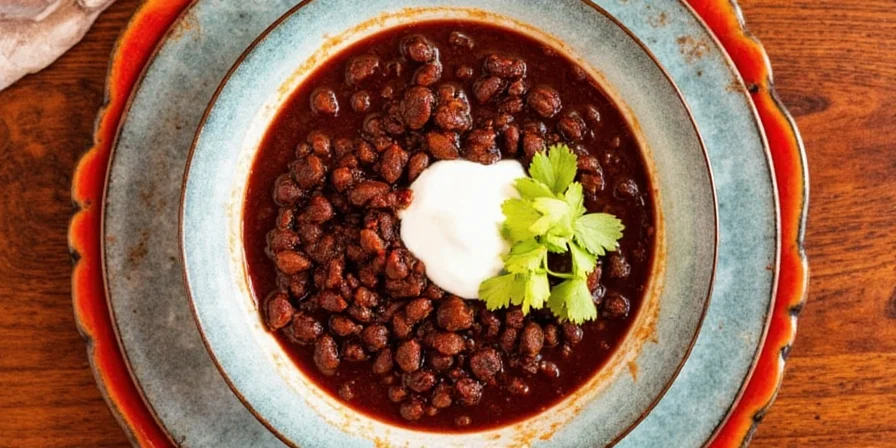
What to Serve With Mole: A Match Made in Spice Heaven
Mole plays well with many proteins, but it’s especially famous for pairing with turkey, chicken, and pork. Here’s how to serve mole like a local:
- Mole Poblano + Roasted Turkey = Traditional fiesta central!
- Mole Verde + Pork Tamales = Bright meets bold
- Mole Negro + Chicken Enchiladas = Deep flavor heaven
Pro Tip:
Always serve mole over white rice and warm tortillas. It helps balance the intensity of the sauce and makes sure every bite counts.
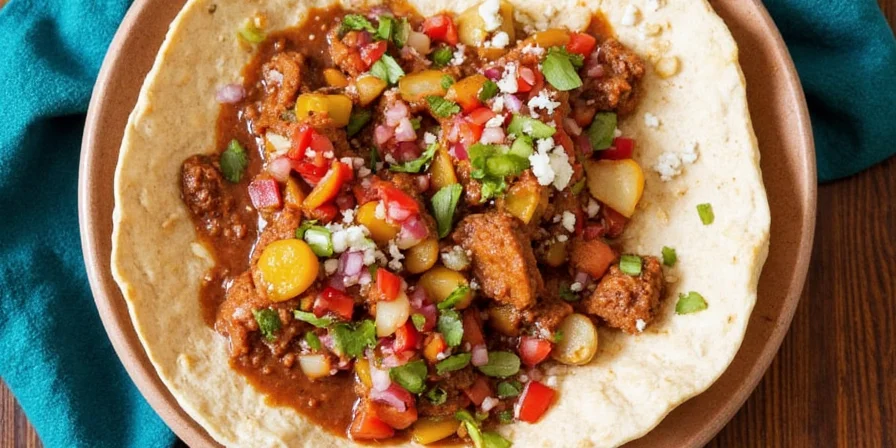
Debunking Mole Myths: Because Chocolate Isn’t Always the Star
We've heard it all: "Mole always has chocolate." Nope! “You need special skills to make it.” Not really! Here’s the truth behind mole myths:
| Myth | Reality Check |
|---|---|
| Mole always contains chocolate | Only certain types, like mole poblano or negro, contain chocolate. Many others skip it entirely. |
| Mole takes days to make | It does take time, but you can batch prep parts of it or use shortcuts without sacrificing flavor. |
| Mole is hard to make | With patience and good technique, anyone can make it. Start small and work your way up. |
| Mole is only for special occasions | While traditional for celebrations, mole can be a delicious weekend project or freezer staple. |
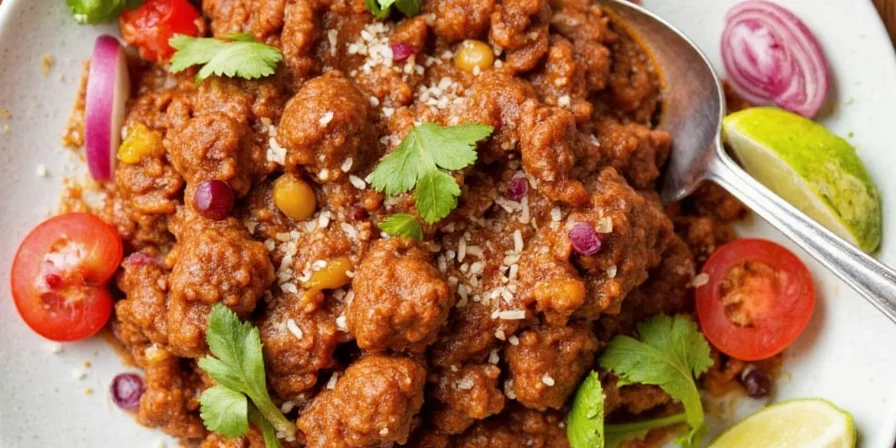
Conclusion: Why Mole Deserves a Permanent Spot in Your Spice Repertoire
Mole isn’t just a sauce—it’s a celebration of global spice traditions, a melting pot of cultures, and a testament to Mexico’s culinary soul. Whether you’re a pro chef or a curious home cook, mole offers a flavor journey worth taking. So next time you see those chiles and spices in your pantry, remember: they're just waiting for their moment to become something magical.
Now go forth, grab your blender, and start layering those flavors. Your taste buds will thank you.

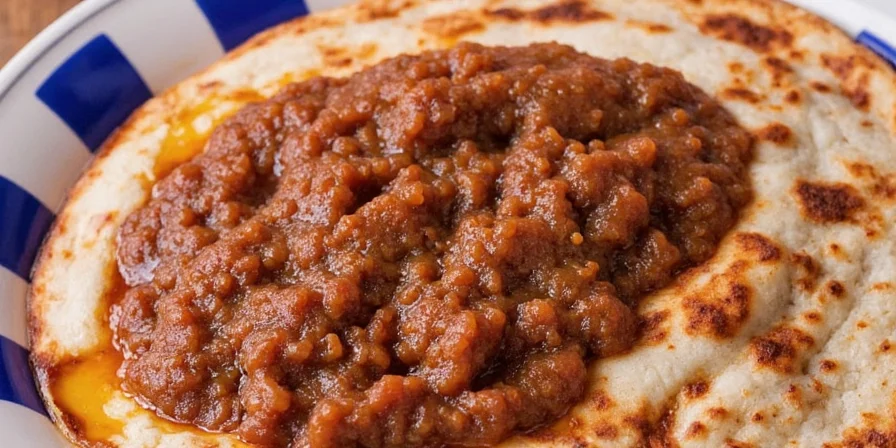









 浙公网安备
33010002000092号
浙公网安备
33010002000092号 浙B2-20120091-4
浙B2-20120091-4